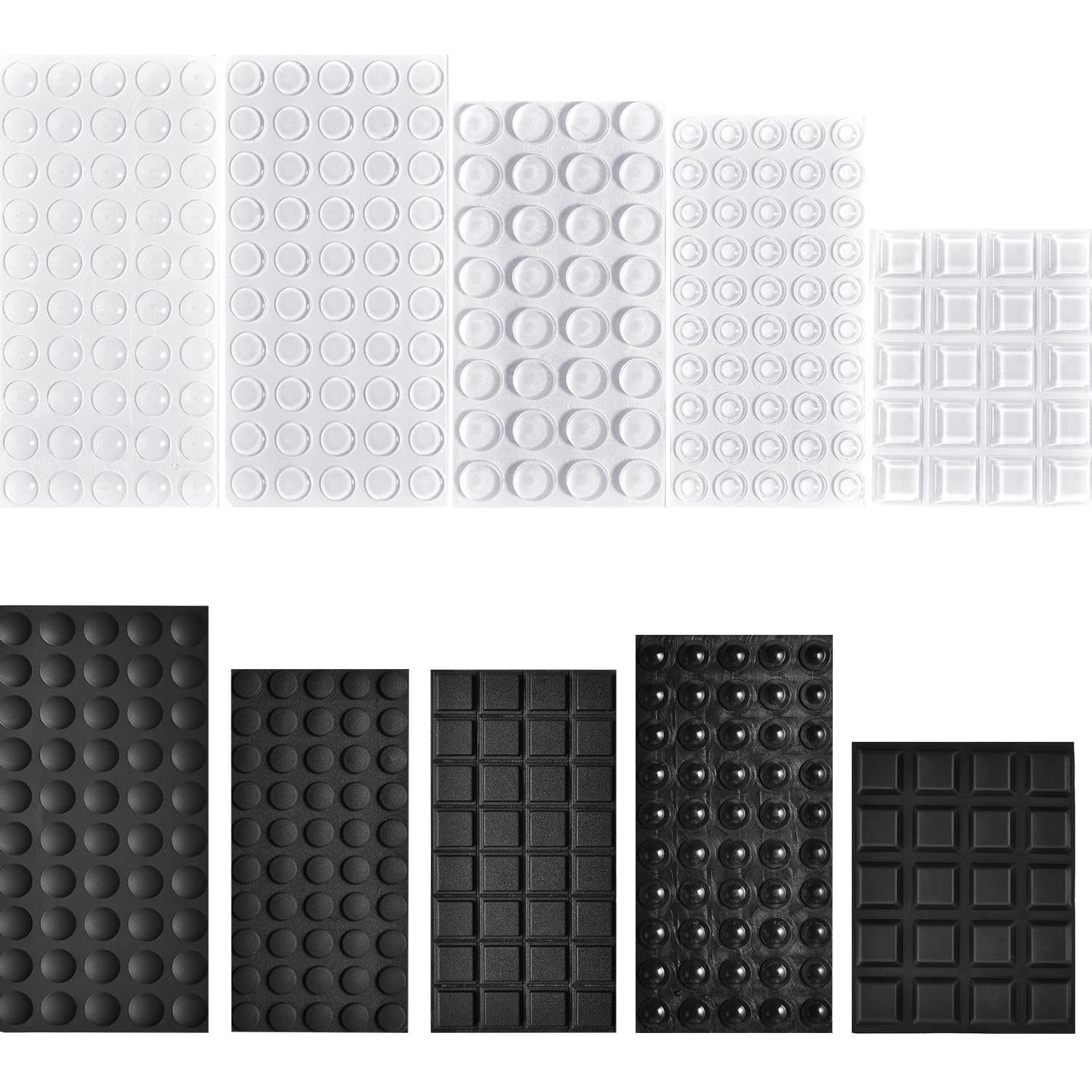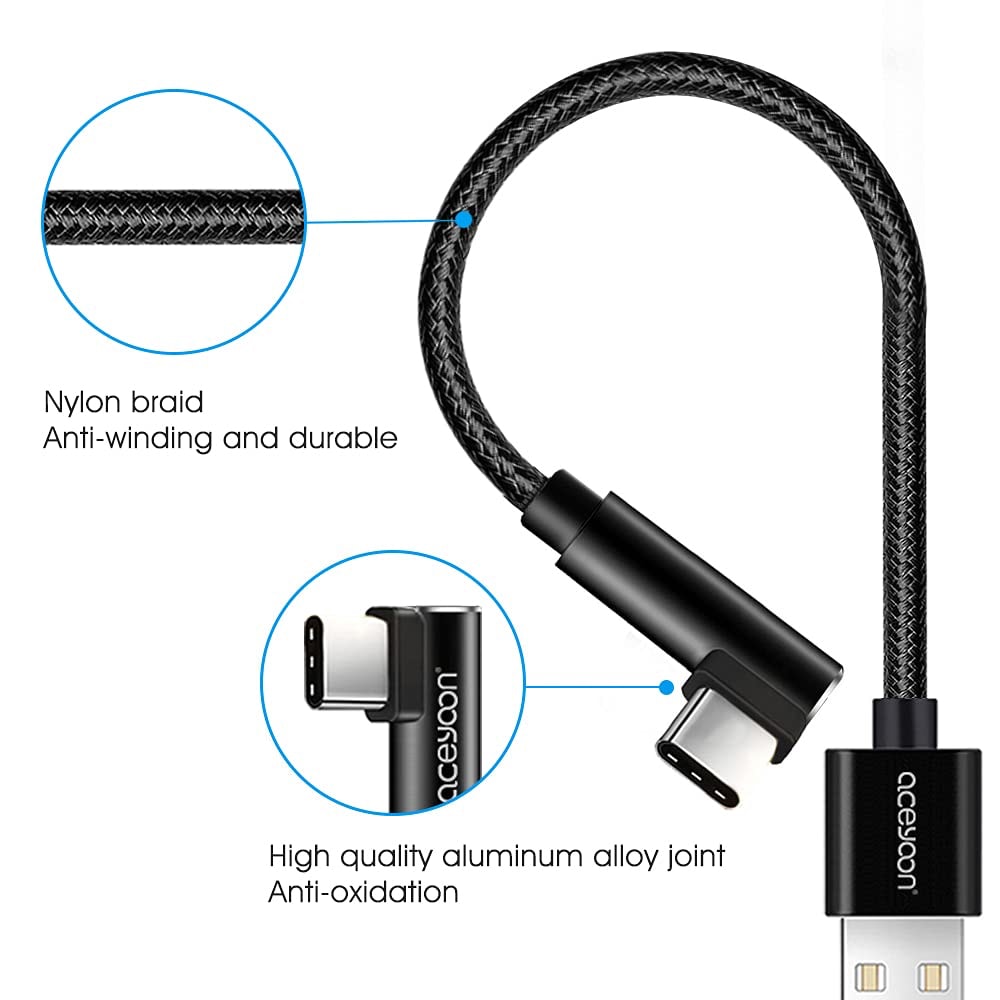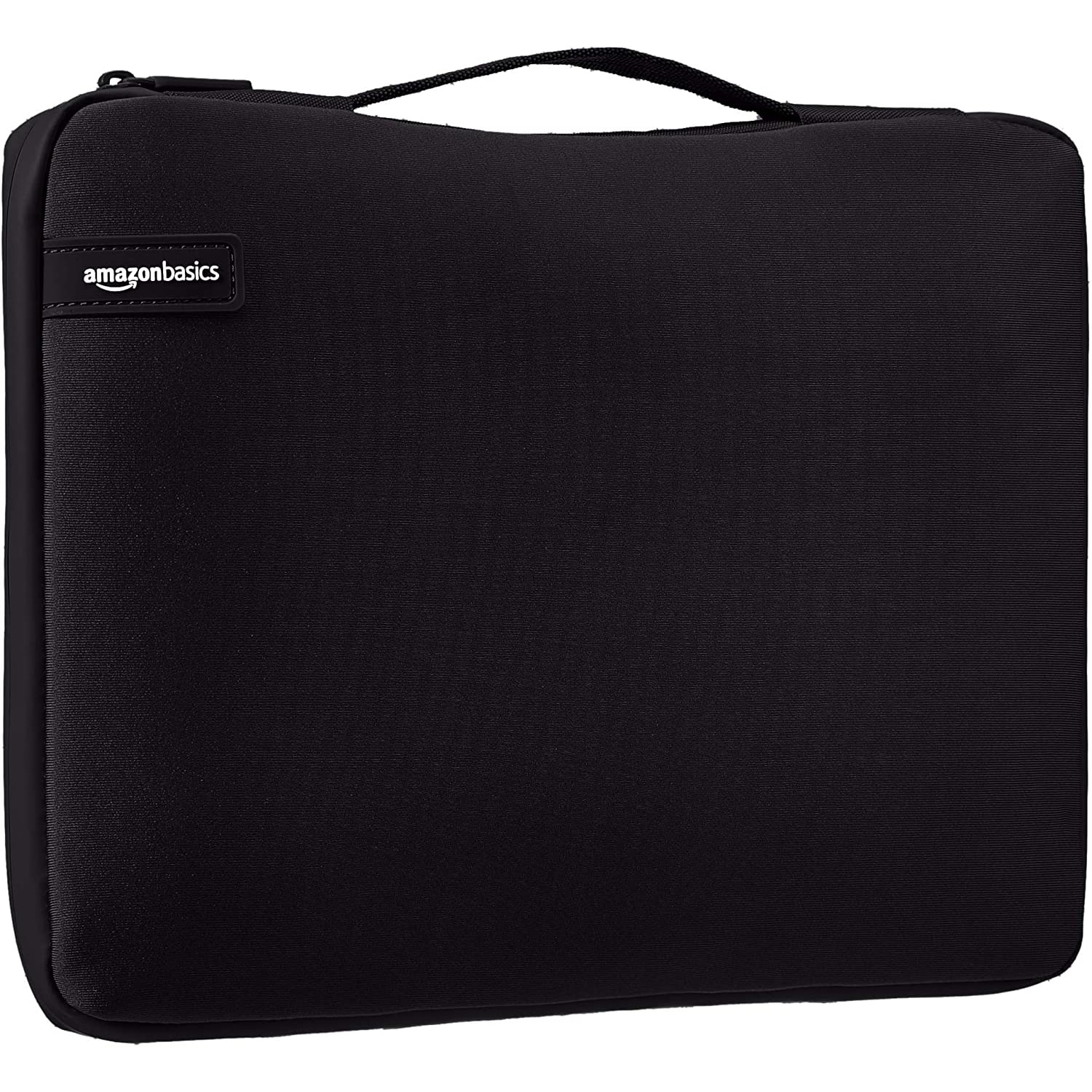Polyend Tracker
Cases, Stands, Batteries, Headphones, Charger and other Accessories
Polyend Tracker (obvs!)
The Polyend Tracker isn’t like any other groovebox—it’s based on a programmatic method of making music that’s not unlike using a spreadsheet. You ‘code’ the music, basically. I know that sounds boring, but Tracker makes it fun. This box is also a sampling powerhouse. If you don’t have one yet, get one now. You won’t regret it.
Angled Stands
A stand changed the game for me. It’s always the first thing I do for new ‘boxes. My current setup is this crazy modified iPad Case by Zugu, but these other two are also very good. The “Light Pad” stand can be used with almost any box, which is nice.
Triyards Angled Stand
The first thing you need is to be able to comfortably prop up the Tracker so you’re not hunching over it for multi-hour sessions. This stand is the most sturdy and reliable available. It’s built well with aluminum and rubber, and it fills out the width of the Tracker really nicely at 9.5″ wide. The Space Gray color blends into the Tracker well. I have the latest version of the Polyend Tracker with the ‘soft-touch’ back texture, and the adhesive for this stand is sticking just fine on that texture – something I was a little concerned about initially. It will be even better on older Trackers. (Peel off the two back feet, first.)
Zugu iPad Case Hack
This is my current setup. It was a bunch of work to get it here, but it was worth it. The Tracker is nearly the same footprint of a 12.9″ iPad Pro (which I happen to have). To make this work, I did a bunch of modification to this case, but now, it’s a dream come true. Paired with the smaller Mophie battery.
Light Pad Stand
I tried this because it was pretty cheap. I wasn’t expecting much, but I use this thing all the time. It fits the Tracker perfectly, but it’s generic design also makes it great for the MPC One. It has a LOT of angles, and it’s totally sturdy. Since it folds flat and is lightweight, it’s nicely portable. For a budget angled stand, you kinda can’t go wrong here.

Hestya Feet Set
When we angle the 'box, the front pads get little to no contact with the surface. Let's upgrade those front feet with the square black sticky feet from this set. They soak up some of the clacky-ness of loud buttons, and they make this box feel even better. I got this larger set because I use them around the house.
Battery & Cable
These are the two batteries I use for my Tracker. I started out with the larger Anker 10,000, which basically lasts forever, but the Tracker has very low power requirements. When I switched my case to my Zugu hack (above), I tried out this much smaller, more compact Mophie, and I love it. Still seems to last forever. This cable works for both.
Anker PowerCore Slim
The Tracker has very low power requirements, and can be run off nearly any portable battery. But we want to keep it sleek; enter this slim battery by Anker. I’ve used Anker batteries over the years; they’re striking the right balance of quality, reliability, cost and design. This will power the Tracker for many hours (I’ve done a 3-hour session and still had 2/4 ‘bars’ left.) Bonus: it has both USB-C and USB-A ports, so you can charge a tablet or phone at the same time.

Aceyoon Short USB-C Cable
Now let’s connect our battery to Tracker. This 7.2-inch long cable has a low-profile, right angle USB-C connector to go into the Tracker without sticking out, while the USB-A end goes into the battery (leaving the battery’s higher-power USB-C port available for tablets & phones). It also sort of ‘protects’ the Tracker’s power button from random power-ons, if you plug it in that way, but both ways work with USB-C. Sold as a 3-pack, in black to match, of course.
Mophie Powerstation Mini
This smaller battery has been great for my Tracker. It’s much more compact than the Anker, but still provides enough juice for hours of Tracker play. I used 3M VHB tape to stick it to the back of my hacked Zugu case.
Cases & Sleeves
This is a weird list. This is basically the list of things that have worked for me with the Polyend Tracker. But I strongly encourage you to get a Decksaver cover in addition to any case or sleeve.

Amazon Basics Sleeve
This case isn’t as thick as the Arvok, and the Tracker + accessories fit a little more loosely, but it has a nice carry handle. Certainly good enough for me to recommend if you don’t want a ton of protection, and carry your Tracker on its own to go jam.
Arvok Laptop Sleeve
I tried several of these laptop-style sleeves. I wanted it to be easy to get in and out with these accessories installed. This one was the best fit and quality. It’s real neoprene shell is thick, protects the setup, and fits perfectly. Bonus: neoprene is waterproof, so this is great for rainy climates.
Analog Glide Case
Known for their long list of music device cases, this Tracker-specific case from Analog is bound to be great. Unfortunately, our external battery placement may require removal for a good fit with this case.
Polyend Hard Case
I haven’t tried this official hard case by Polyend. I lost interest as soon as I learned how form-fitting it is (read: it won’t work with accessories attached). But if you really want the most protection available, this is probably your best bet, directly from Polyend. Also, yikes. Expensive.
tomtoc 360
I also haven’t used this one, but it measures up to be a perfect fit, thanks to the tip from u/Floatography in this Reddit thread. It looks sturdy, is affordable and has some extra pockets and great protection.
Headphones
These are the headphones I use. Generally, I like the big cans for when I'm at the studio mixing and mastering. But when I'm out, I like to use some smaller, high quality earbuds. Because even though you're not supposed to, I can't help but mix and master while I'm producing.
Audio-Technica ATHM50 Headphones
These cans are renowned for their unparalleled value for over-ear monitors. Their wide & flat frequency response makes them good enough for mixing, mastering and vocals. Also offered in a wireless Bluetooth version, which is what I bought so I could use them for movies & phone calls. I plug the removable cable in for music work. The slightly cheaper wired pair will also be fantastic.
1MORE Quad Driver Earphones
The cans above are bulky and draw attention at cafes. I tried the Shure SE-215's, but I didn't like their behind-the-ear fitment. I wanted something that still sounded good, but was easier to use. These quad-driver earphones are built like a tank, have an inline mic + remote, and are very portable. Their frequency response is wide & flat. They're more expensive than the Shure's, but the increased usability is worth it.














































